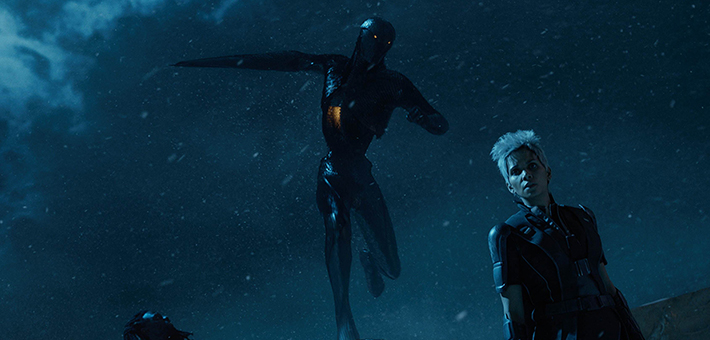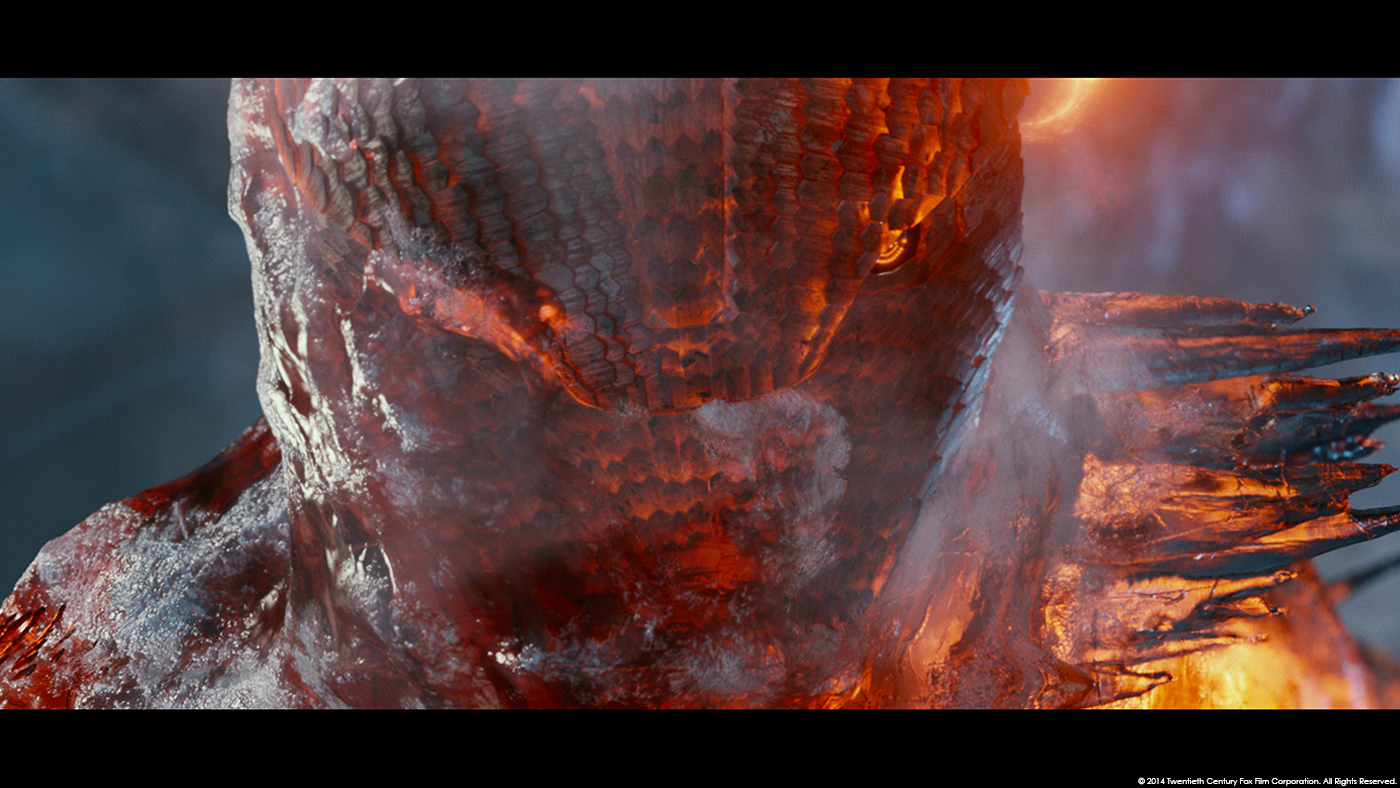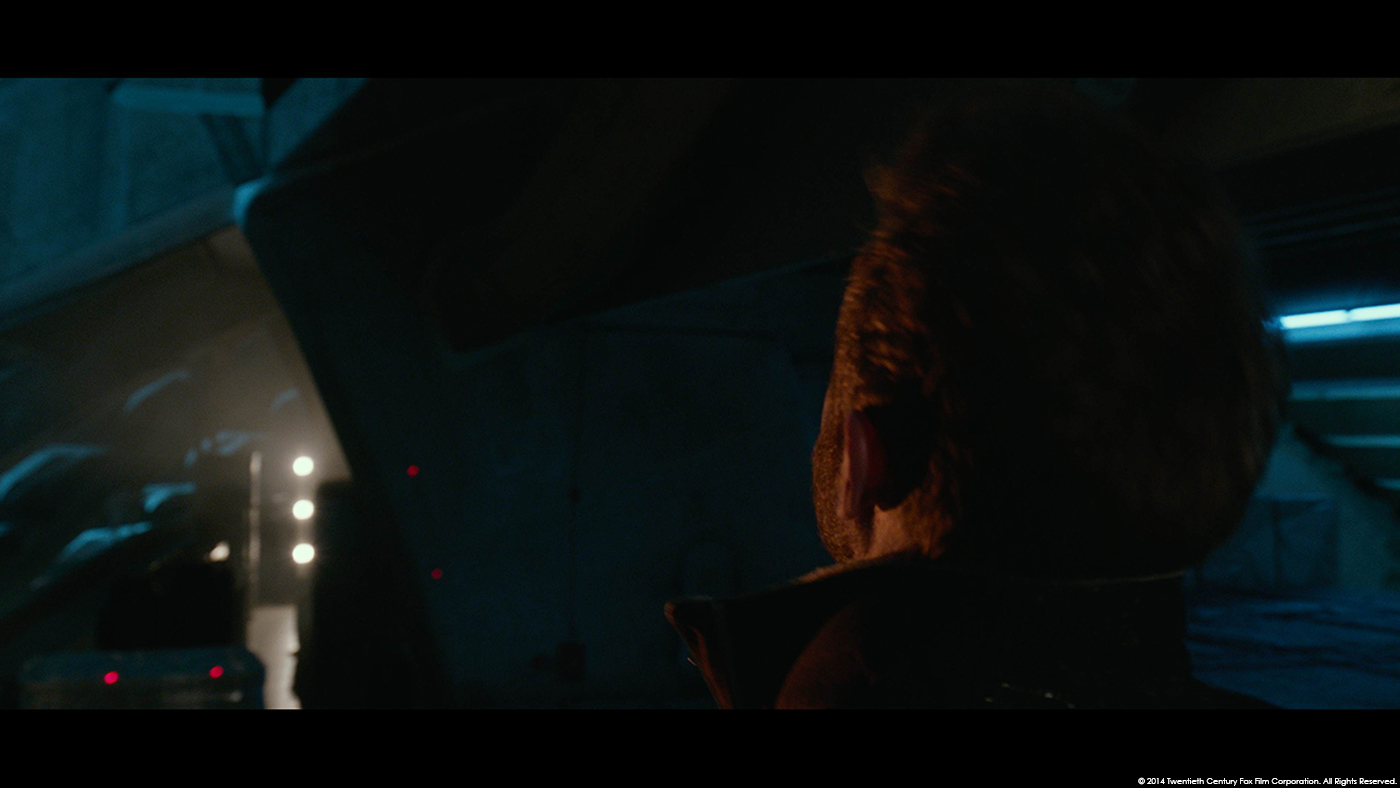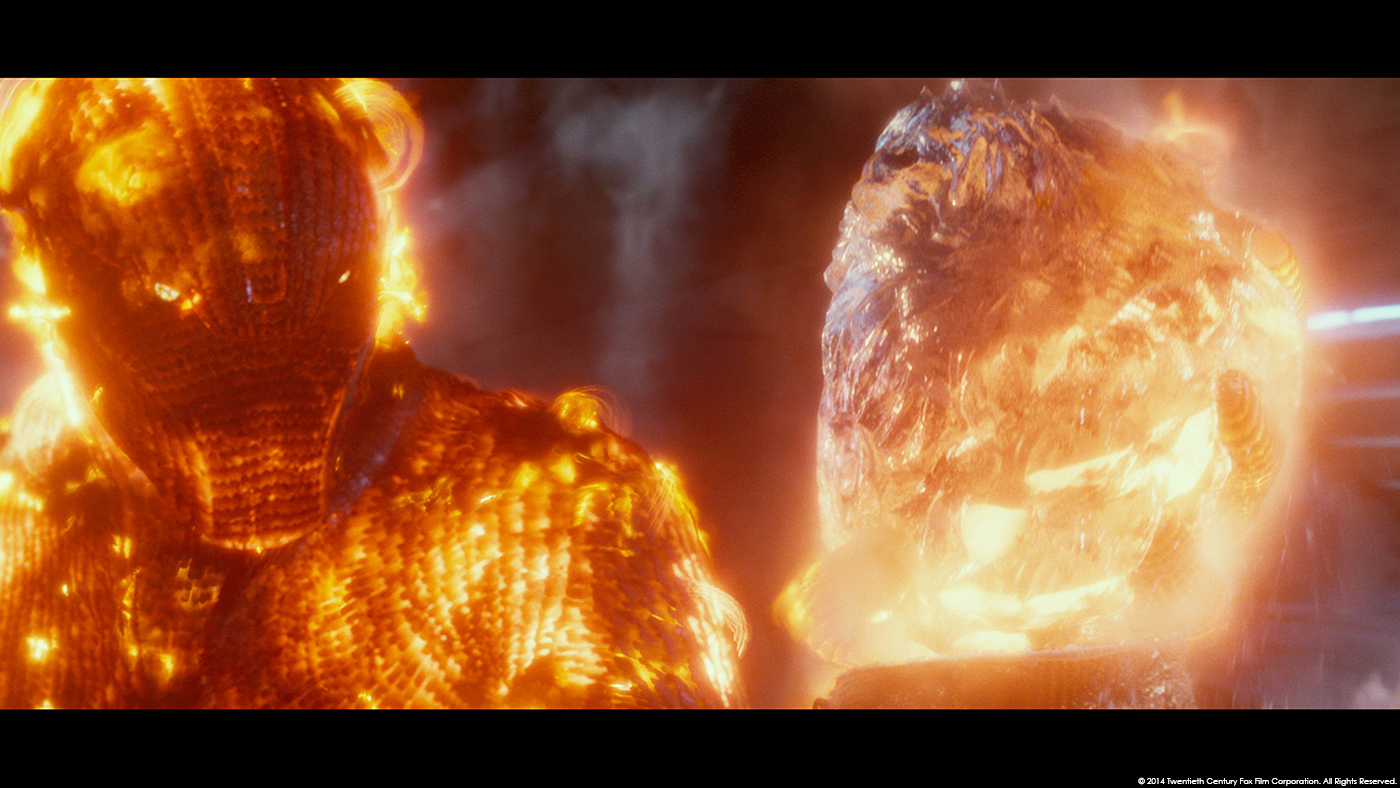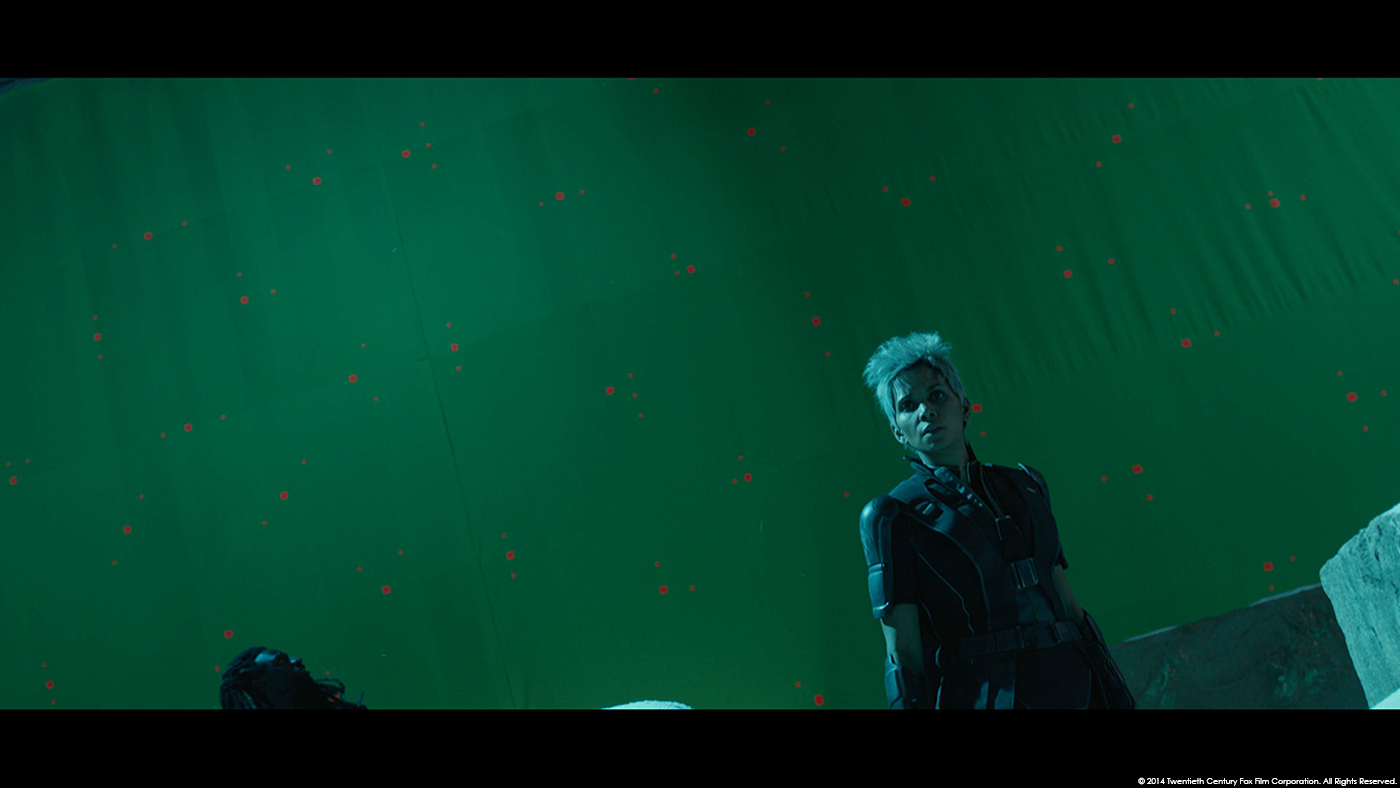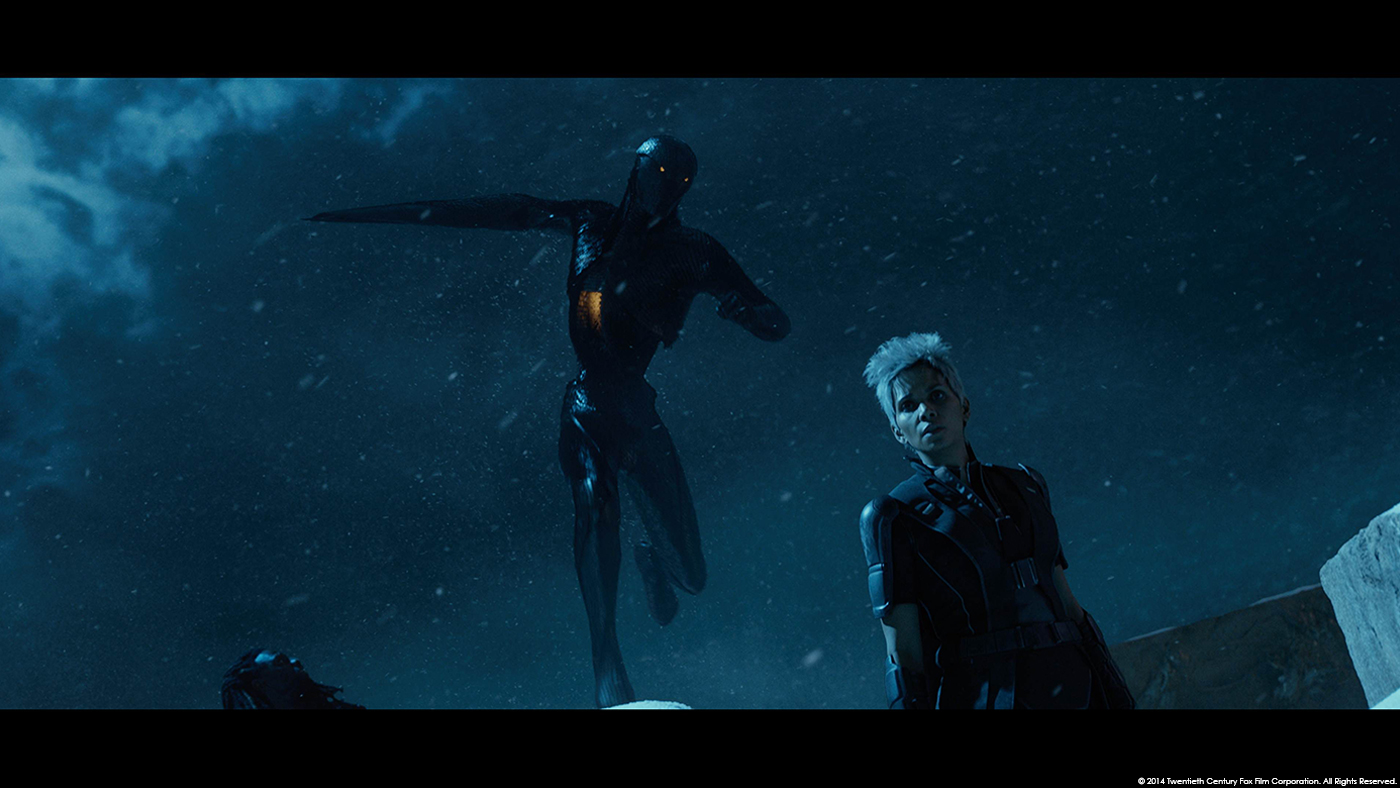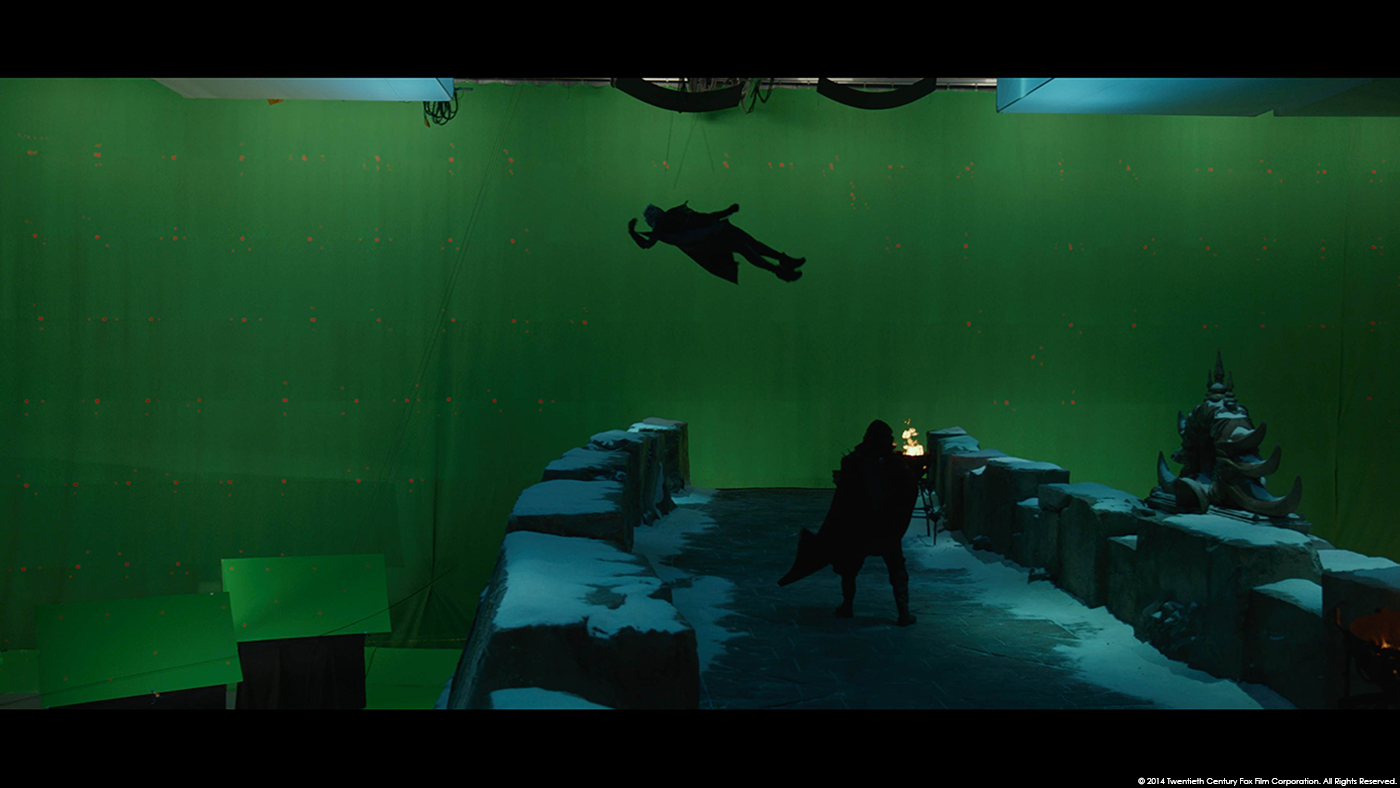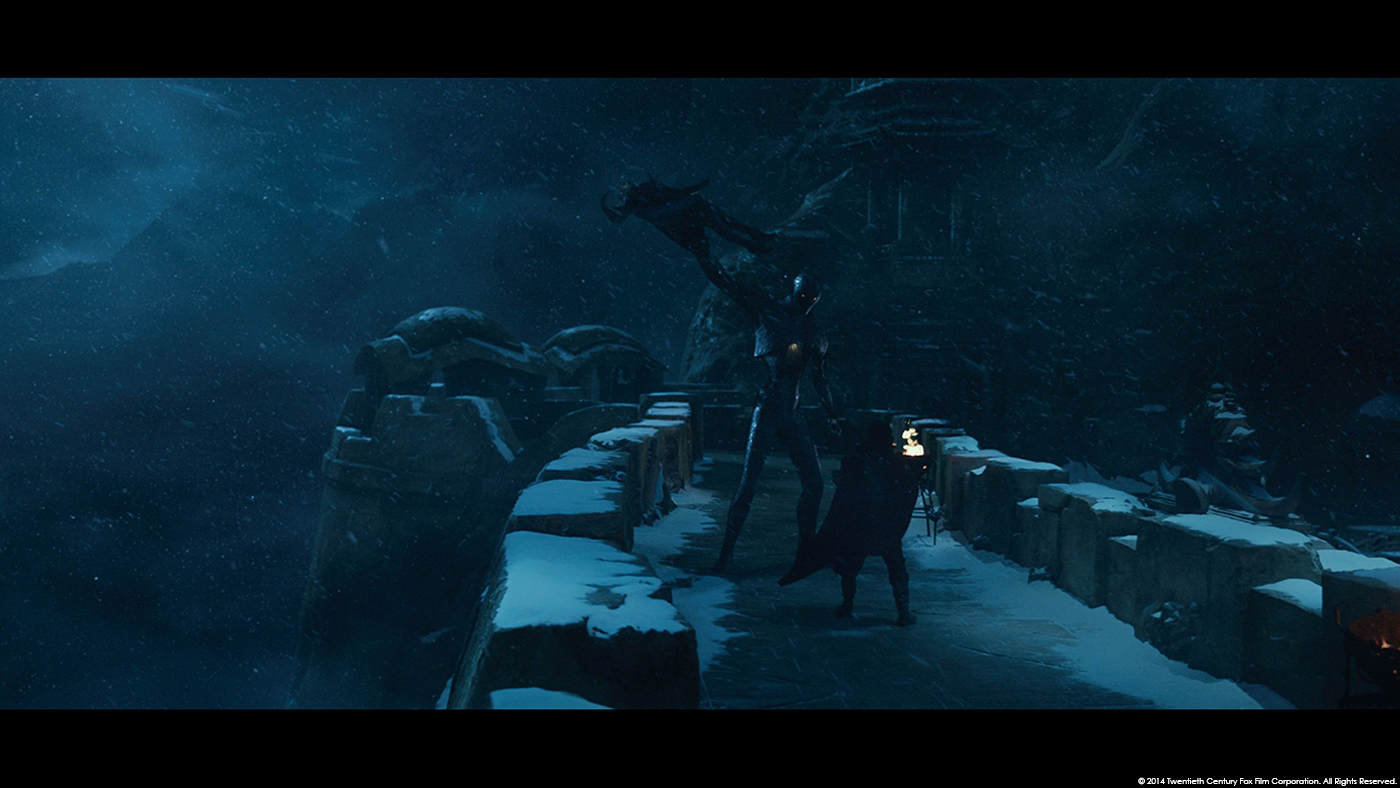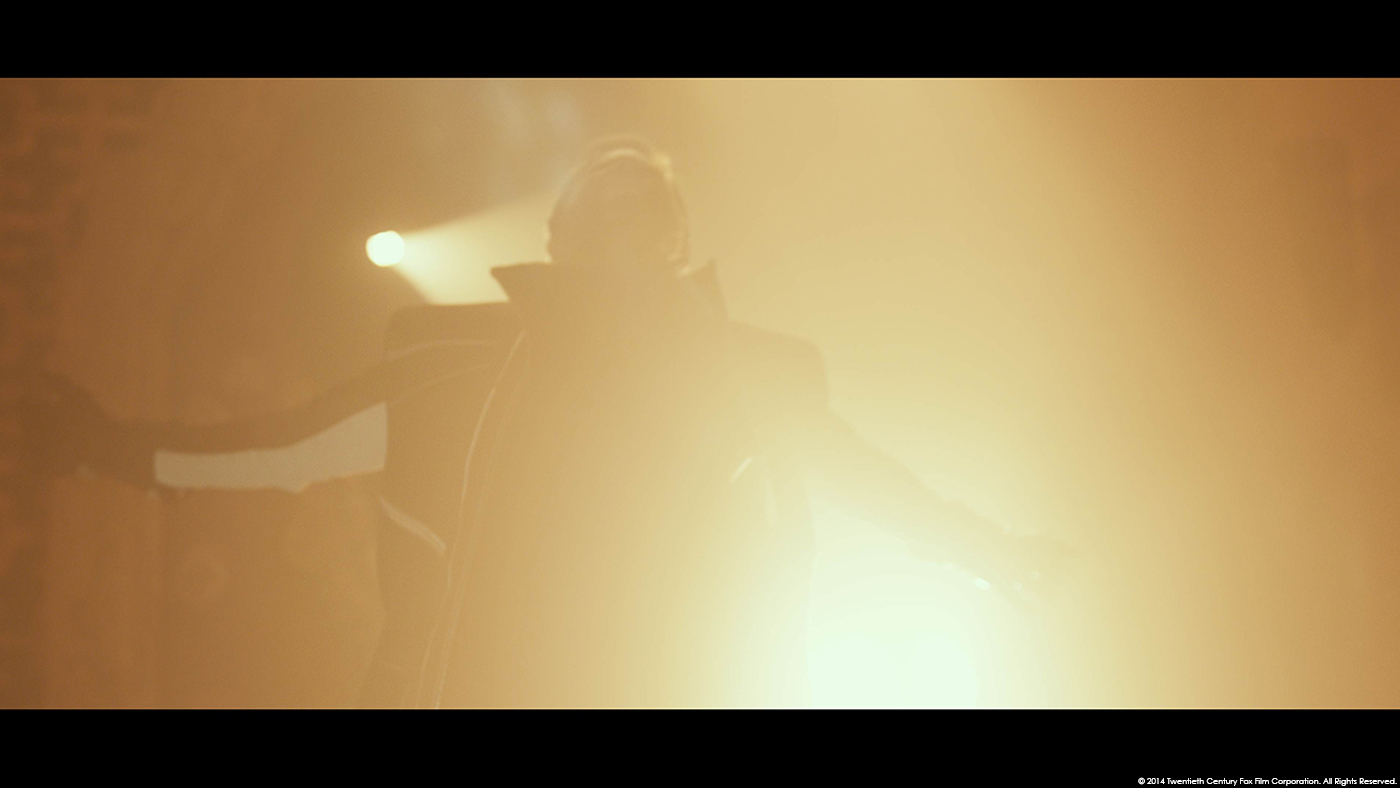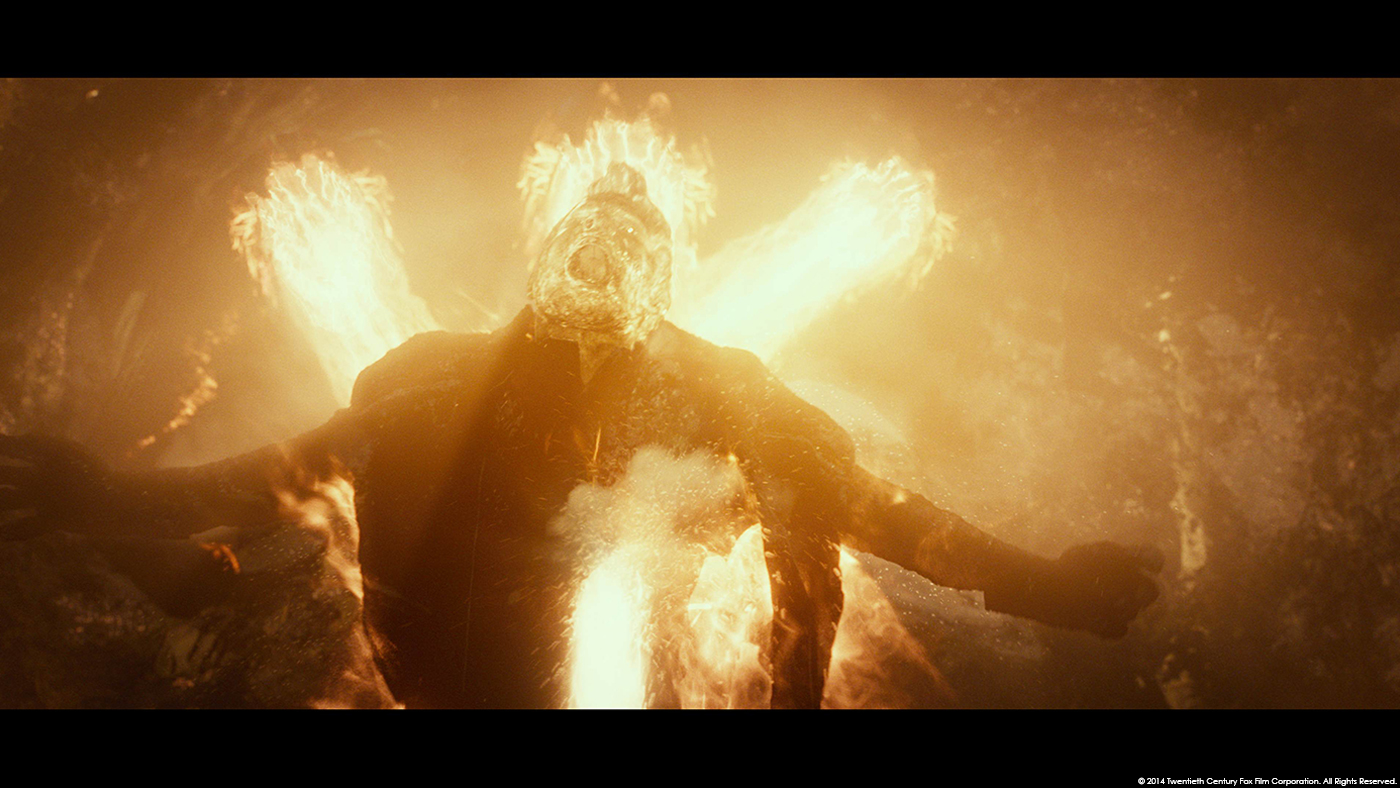Benoit Dubuc began his career in 2001. He has worked at several studios such as CORE Feature Animation, Buzz Image and Framestore. He joined MPC several years ago and participated on films like THE CHRONICLES OF NARNIA: THE VOYAGE OF THE DAWN TREADER, WRATH OF THE TITANS or X-MEN FIRST CLASS.
What is your background?
I’ve worked in animation ever since graduating from a Montreal VFX school called the NAD Centre. Prior to that I had studied industrial design. Through animation and VFX I’ve worked in Montreal, Vancouver, Toronto, London and back to Montreal.
How did you got involved on this show?
I worked at MPC’s London studio for the last 7 years. I supervised animation on the previous installment of X-MEN and as I’m both an X-Men geek and am from Montreal, it made sense that I move to MPC’s new facility in Montreal to put together the animation team and supervise animation on X-MEN: DAYS OF FUTURE PAST.
How was the collaboration with director Bryan Singer?
I didn’t have contact with Bryan Singer on a daily basis, we would present our work directly to the Production VFX Supervisor Richard Stammers who would then present it to Bryan.
How did you work with Production VFX Supervisor Richard Stammers?
We’d present our animation in three stages to Richard; blocking, primary and secondary. It was a very collaborative effort. Richard has a good eye for detail and was great in guiding the shots from a storytelling standpoint. For some shots we needed a clear brief and guidance from Richard, for others he was happy to let us come up with our own ideas and direction. In both cases it was always a pleasure reviewing shots with him.
What are the sequences done by MPC?
The sequences in which animation was most heavily involved at MPC were the future sequences. One being the opening sequence set in a Moscow bunker where the mutants are in hiding and receive a surprise attack from the sentinels, as well as the end sequence where the mutants try to fight off the sentinels in their last ditch effort to change events in past in order to alter their future. Both pretty epic sequences.
Can you tell us un details about the design and creation of the Sentinels?
The rigging of the Sentinel was overseen by lead rigger Sam Berry. The future Sentinel is covered by hundreds of tiny blades that are a feature that link them to Mystique’s DNA, which was used in their engineering. One of the biggest challenges in the rigging process was the blade flaring system which we would animate to indicate that the Sentinel is charging or changing its constitution to one of the mutants’, very much in the same way Mystique shape-shifts.
The mutant slayer is covered in around 100,000 independent blades, the movement of which had to be directed artistically rather than driven by simulation. The vast number of objects proved too cumbersome with existing work-flows so an entirely new approach was required. MPC’s software team lead by Tony Micilotta worked on this workflow, introducing the concept of a follicle that approximated the shape and size of the final blade model. These were combined into per body part follicle-meshes and could be manipulated using standard deformers. This not only provided requisite visualization for animators, but doubled up as primitives from which transforms could be derived using trigonometric methods. These transforms were cached as particles and were subsequently ingested by a bespoke Katana Scene Graph Generator (SGG) that instanced blade models accordingly.
Can you tell us more about their animation?
There are two variations of the sentinels in the film; the past and the future. MPC created the Future Sentinel from concept through to final composite. The future Sentinel is the more advanced and efficient killing machine of course. In their design and performance, it was important to convey that these are unstoppable forces. They’re powerful, athletic and agile. We experimented with the use of motion-capture during pre-production, but we found that applying motion-capture to these big powerful robots instantly made them look too human and light, the complexity of the details from the motion-capture data made the movements look less controlled and therefore less menacing. As mentioned before, the use of reference was key, and beyond this, placing a strong emphasis on weight.
How did you handle the complex choreography fights between the mutants and the Sentinels?
For all of the shots, we relied heavily on the use of references. When filming our reference, we’d try to match the plate’s composition and the timing of the actors as closely as possible. The use of reference would allow us to try out ideas very quickly and figure out what was the most exciting approach. We’d cut it into the edit and play with the frame rate to get the right sense of timing and weight and when we were happy with it we’d move to the blocking stage.
In some cases, the fights between the mutants and sentinels were fairly straightforward in that they had a giant green foam replica of the Sentinel on set. For any shot where you had a mutant jumping on top of a Sentinel and fighting it, the roto-animation of the mutant would dictate the fight choreography. While these direct interaction shots can be more technically complex, they are often more simple creatively as the performance of the actor dictates the performance of the Sentinel.
In other cases, when the actors would be fighting against an imaginary Sentinel, it could become very tricky to match a Sentinel’s performance to the actor, this is when you have to get very creative.
The main issues that can arise are of timing and aim. The sentinels being 12 feet tall, it could often be challenging to create a realistic one on one when the actor’s punches were directed at the Sentinel’s thighs. Also some shots were filmed with the use of wire-work, this tends to remove realistic physics from the performance and adds an extra challenge. For a couple of shots, we opted to have the actor painted out of the plate and go the full CG route, so we had full creative control over the choreography.
What was the biggest challenge on this project and how did you achieve it?
Setting up a new animation department in Montreal and delivering a show of this standard at the same time was the biggest challenge.
Was there a shot or a sequence that prevented you from sleep?
Not really. Anytime we collectively opted to go a full CG route with our shots because the performance on the plate prevented us from pushing the shot as far as we wanted it became both a blessing and a curse. On one hand this allowed us to be as creative with our animation as possible, on the other, these shots now would be under tremendous scrutiny as it’s very challenging to achieve close-up realistic digi-double performances. These shots required the most attention.
What do you keep from this experience?
My team and I had a blast working on this. The result is great and made even better by the movie being well received critically. I hope to get a chance to work on the next one!
How long have you worked on this film?
I worked on this film for just under a year.
What was the size of MPC team?
My animation team consisted of 13 animators and myself. The bulk of the animation work was done between September and March.
What is your next project?
Can’t discuss it unfortunately, but all I’ll say is that I’m sticking with the superhero genre.
A big thanks for your time.
// WANT TO KNOW MORE?
– MPC: Dedicated page about X-MEN – DAYS OF FUTURE PAST on MPC website.
© Vincent Frei – The Art of VFX – 2014

